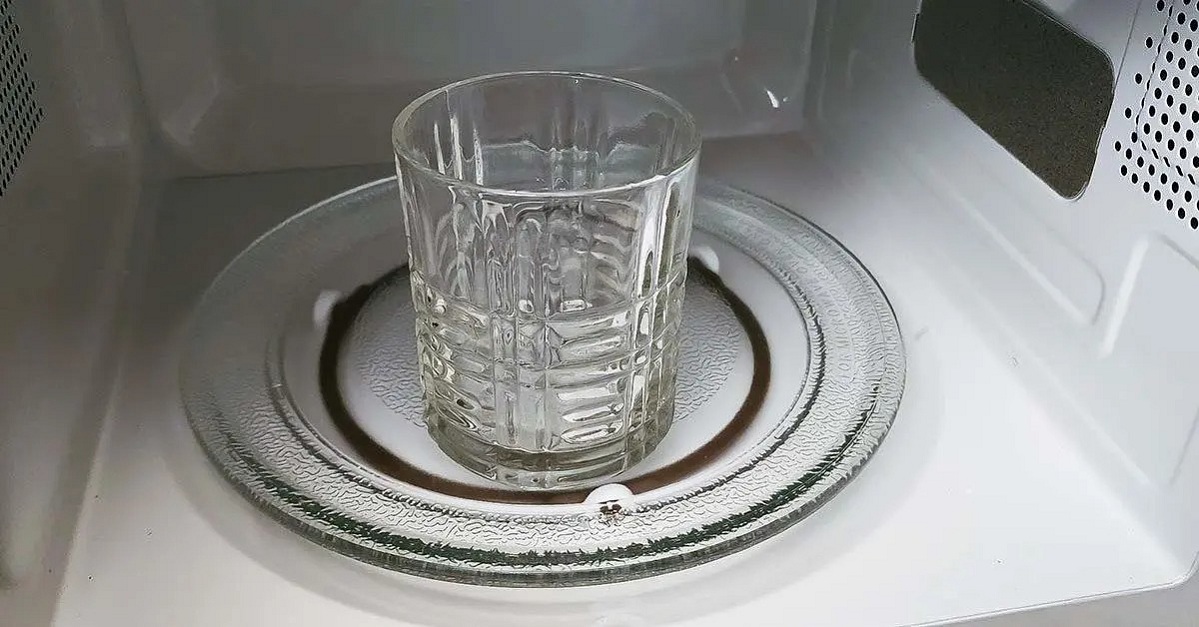Microwaving food can be hazardous if not done properly. From harmful chemicals to the risk of starting a fire, there are several dangers to be aware of. Here are some tips to avoid making dangerous microwave mistakes.
Hard boiled eggs
Beware of Pinterest hacks! Attempting to hard boil eggs in a microwave can result in a messy disaster or even burnt fingers. Microwaves generate rapid heat that creates excess steam in the egg, leading to explosions and a difficult cleaning process.
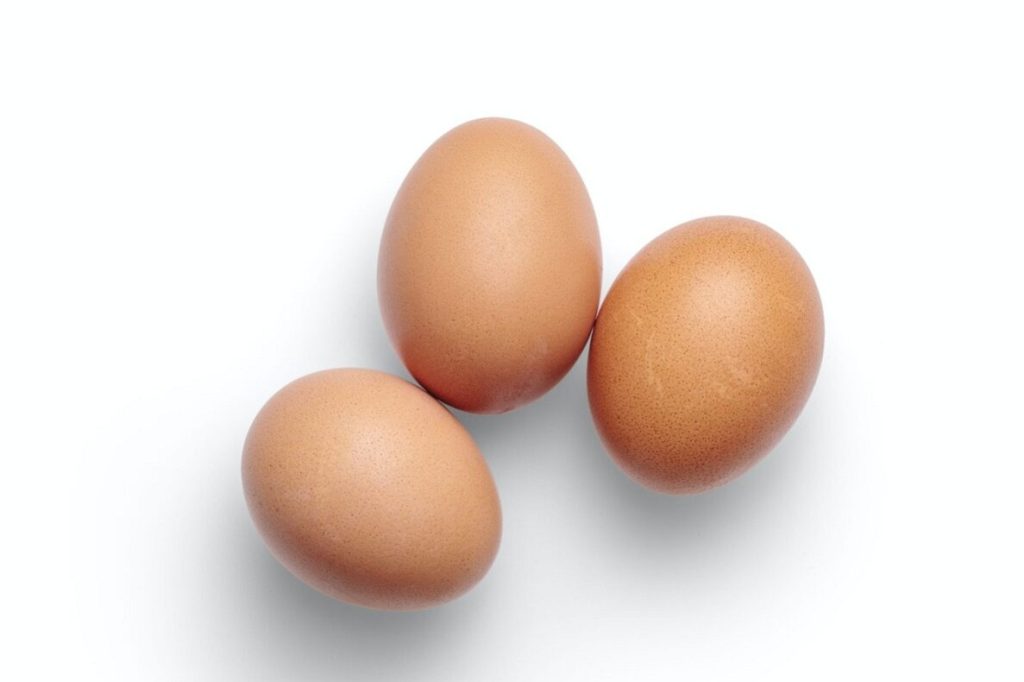
Meat
Defrosting frozen meat in a microwave can be challenging, as the thinner edges start cooking while the thicker middle remains frozen. Moreover, if your microwave does not rotate food while cooking, it can lead to an uneven distribution of heat, which can create a breeding ground for bacteria. To be safe, it’s best to thaw meat overnight in the fridge, according to the food safety experts at Pennsylvania State University’s department of food science.
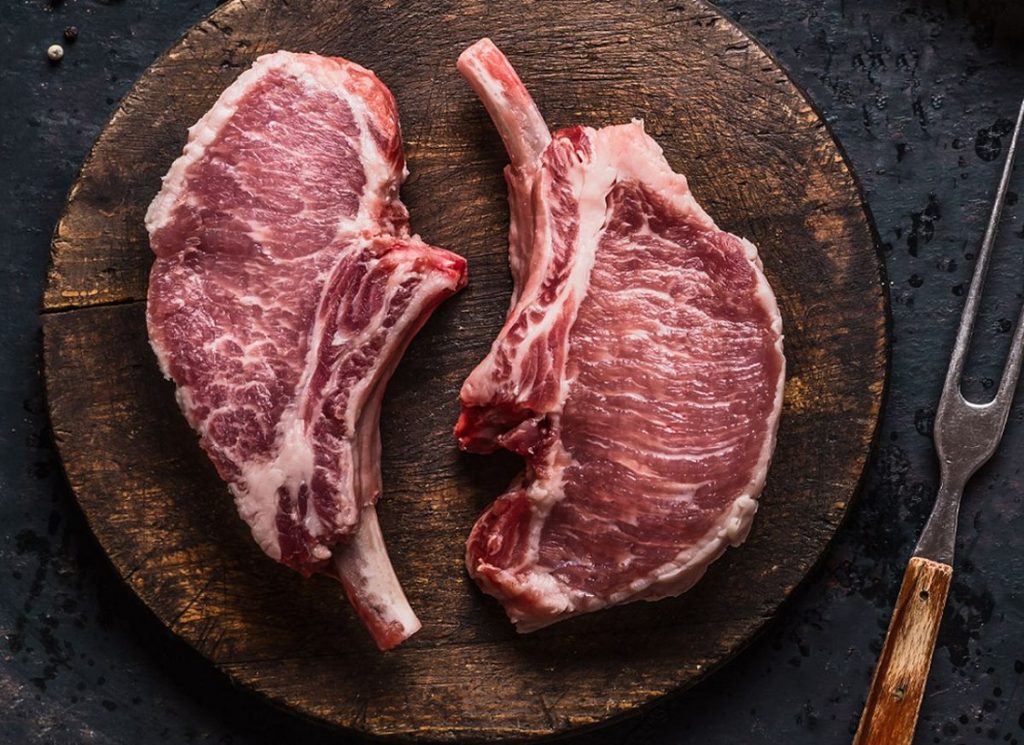
Breast milk
Microwaving frozen breast milk may not be the best idea as it can create hot spots and destroy immune-boosting proteins. Instead, warm up a mug of water and place the bottle in it to bring it to room temperature.
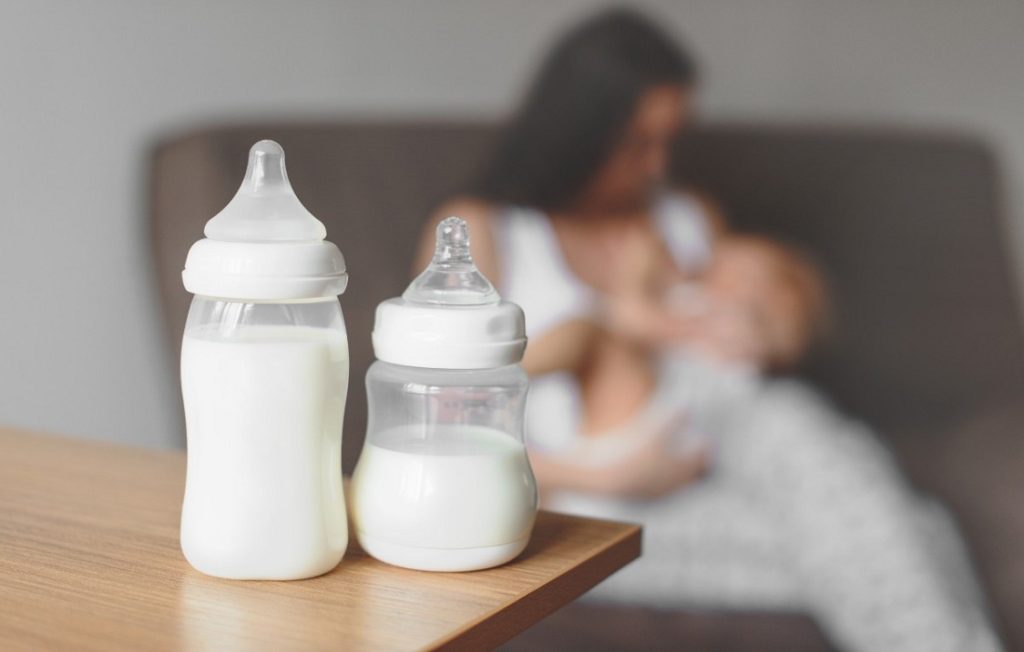
Chinese takeout containers
Microwaves and metal are a dangerous combination that can easily cause fires, even with small amounts like the handles on some containers. To avoid this risk, transfer your food to a microwave-safe bowl before heating it up.
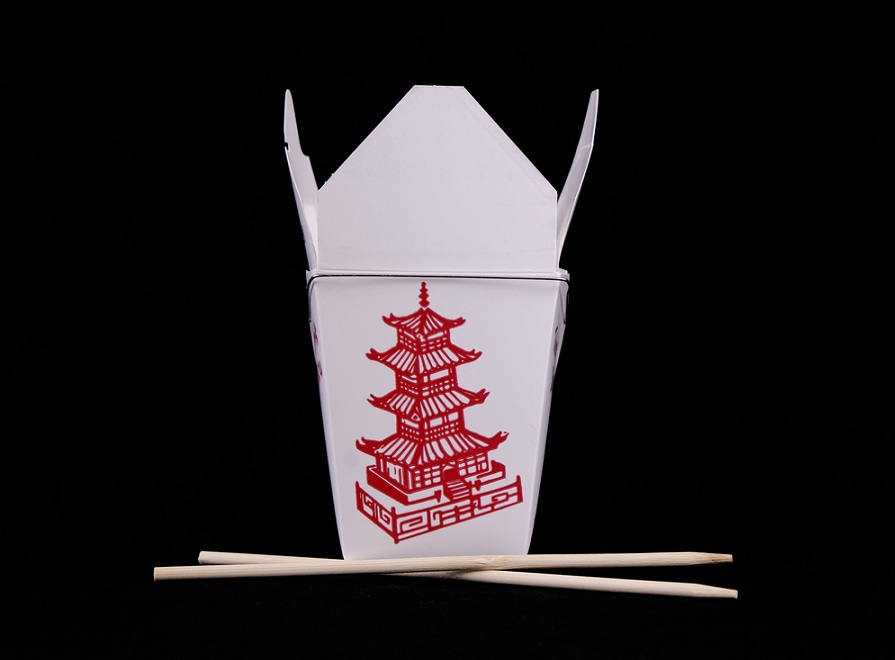
Plastic containers
Microwaving plastic containers can be harmful as many plastics contain estrogen-like chemicals that can leach into your food when heated, even products labeled “BPA-free”. A study found that 95% of tested plastic products released estrogen-like chemicals after being microwaved, washed, or soaked in water. It’s safer to transfer food to a plate before heating. Check out our list of foods you should never put in the microwave to avoid potential health risks.
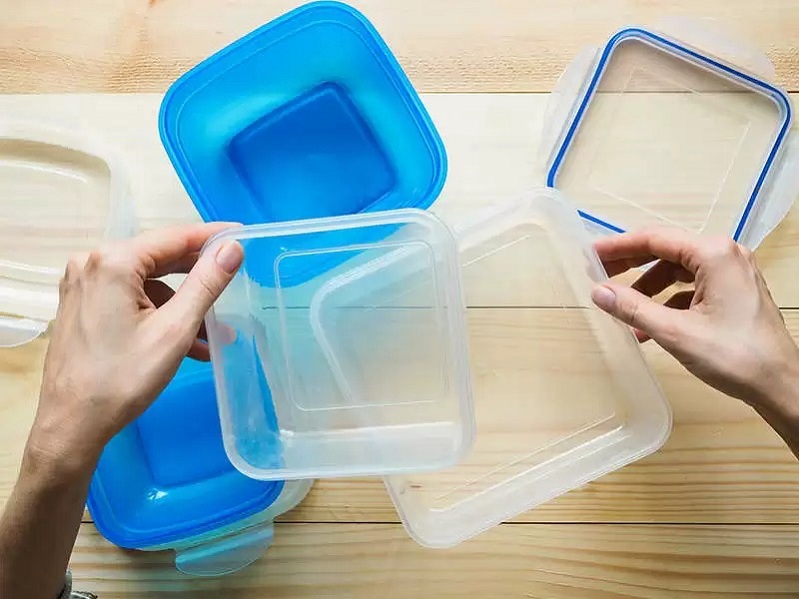
Styrofoam containers
Heating styrofoam in the microwave can release hazardous chemicals into your food. To avoid this, transfer the food to a glass dish and cover it with a paper towel before reheating. Don’t make this common kitchen mistake.
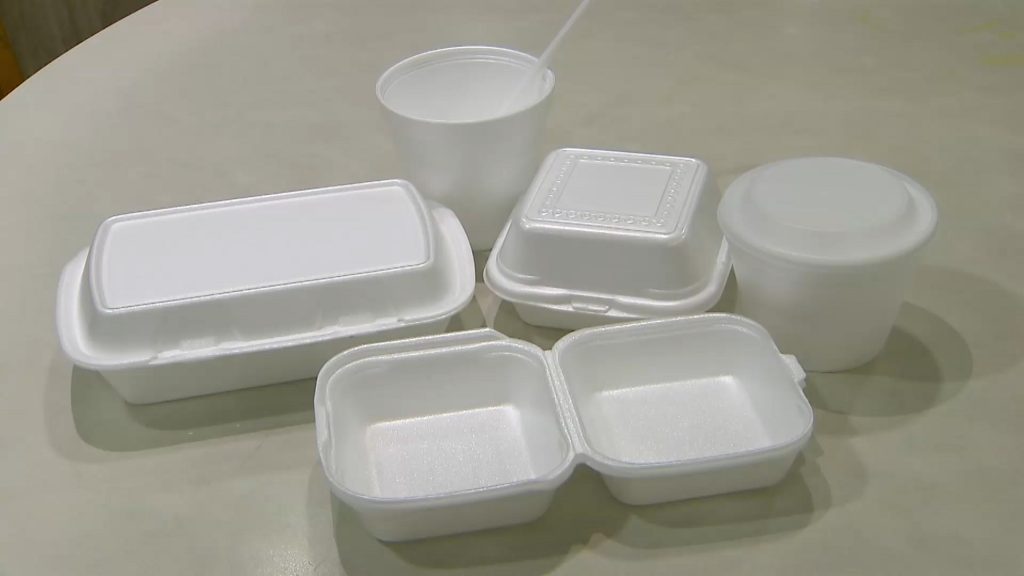
Certain plates
Avoid using fancy China or metallic-trimmed bowls in the microwave, even if the metallic trimming is small, it may still react and cause damage. According to the USDA, it’s best to use a plain colored glass plate for microwave use if you use the microwave frequently.
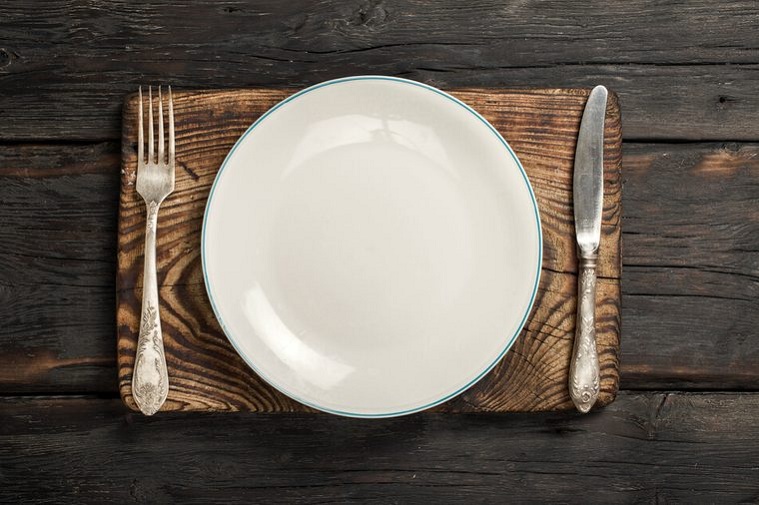
Travel mugs
Stainless steel mugs block the heat from warming your coffee or tea and can damage your microwave instead. If it’s plastic, check the bottom of the mug to see if it’s marked as microwave safe—but even if it is, you may want to reconsider.
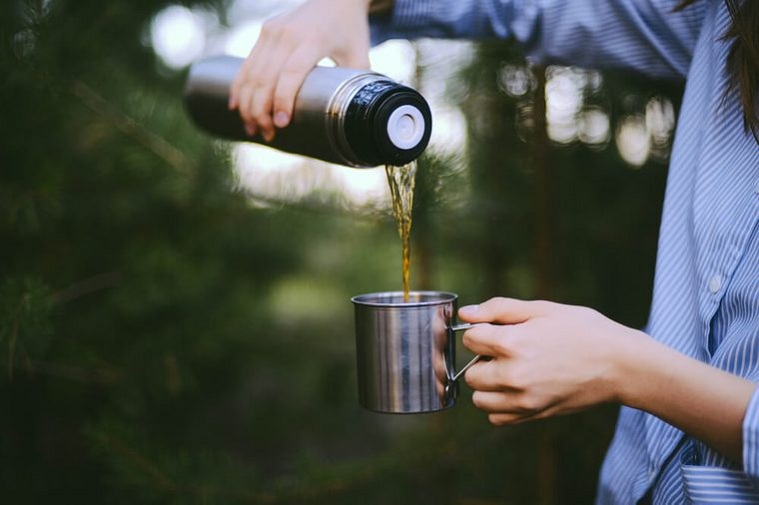
Nothing
According to the USDA, microwaving an empty microwave can damage its magnetron (the device that generates the microwaves) and may even cause a fire. So, always ensure there is food or liquid inside before pressing the “start” button.

Cups of water
Heating plain water in a microwave for an extended period in a ceramic or glass container can prevent bubbles from forming, which usually help to cool down the liquid. As a result, the water becomes superheated, and when moved, it can release heat violently, causing boiling water to erupt. To prevent this scalding hazard, it’s recommended to heat water only for the minimum amount of time required or heat it for shorter intervals.

Beware of “Microwave Safe” labels
The “microwave safe” label doesn’t guarantee that the container is safe for your health. Manufacturers aren’t even required to test their ceramics for safety after heating, warns the FDA. So, if you’re unsure about a new container, it’s better to heat your food or liquid on the stove and transfer it to a microwave-safe dish. Now that you know what to avoid, discover some foods that are actually safe to cook in your microwave.


